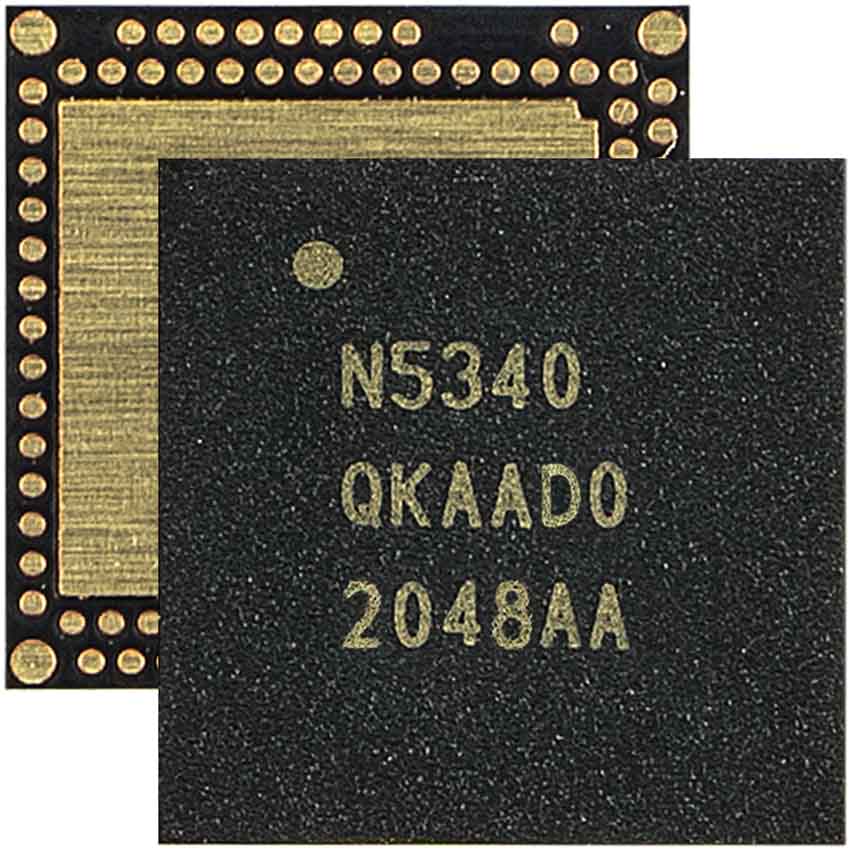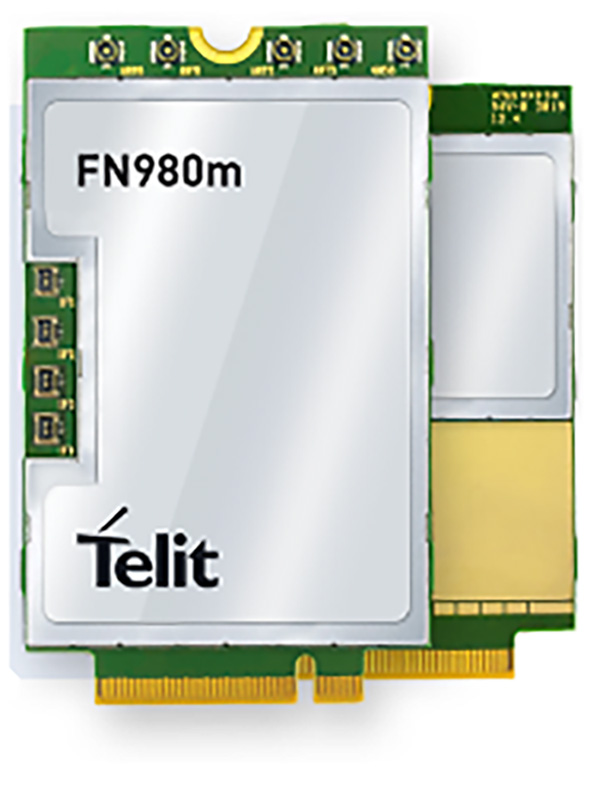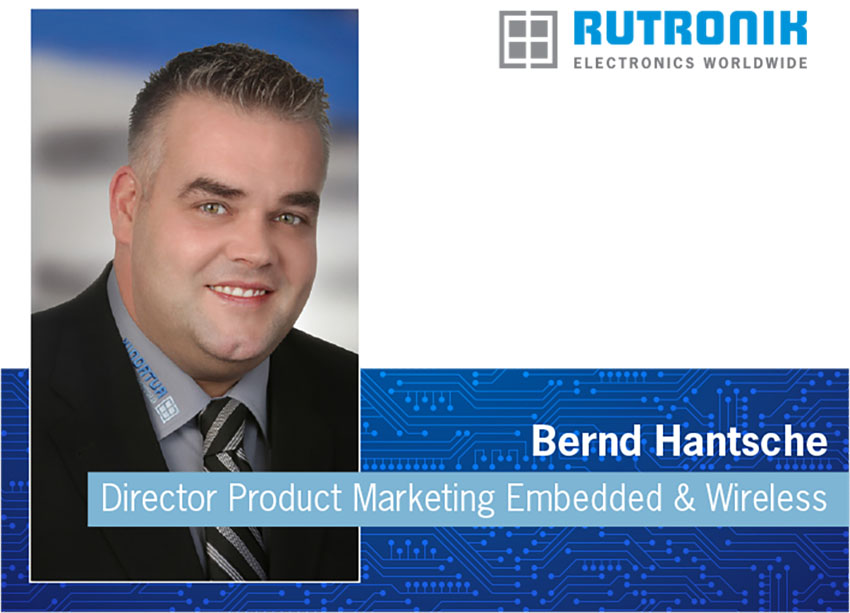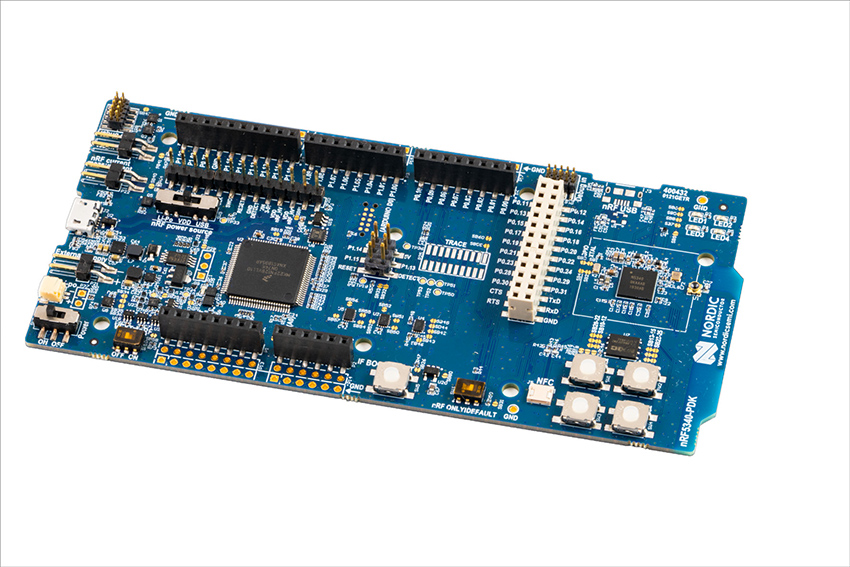Interview with Bernd Hantsche, Director Product Marketing Embedded & Wireless & Anja Schaal, Team Leader Product Marketing Wireless at Rutronik Elektronische Bauelemente.
Easy Engineering: What technology trends do you see in general for the current year 2021?
Bernd Hantsche: We see strong growth in the areas of networking and artificial intelligence. This is certainly not surprising, as it forms the basis for an Industry 4.0. In the market segments of short- and long-range radio, mobile communications, as well as in wired industrial networks, we are increasingly encountering development projects with customers on the one hand, but our suppliers are also increasingly offering diversified solutions.
The willingness to engage with our product portfolio for AI applications has also increased strongly. From AI acceleration hardware and intelligent image processing solutions to our cloud offerings and in-house analytics services, there is a discernible shift from marketing-driven promotion to the fruits of the corresponding sales in the product groups.
E.E: What is particularly worth mentioning in terms of news from the component manufacturers’ roadmaps?
B.H: Of course, you have to look at each product group individually. However, we can say that AI is already finding its way into sensor solutions and communication solutions and that the technology is not only being used in high-performance host systems – albeit with very limited functionality. We are also seeing more multi-protocol solutions in SoCs, SoMs and SiPs. This gives customers greater flexibility to participate in different ecosystems and reduces the likelihood of entering a dead end in terms of strategic technology direction due to a future misjudgment of the market.

E.E: In your experience, where are investments particularly strong?
B.H: We see the acquisitions on the market. Infineon is strengthening its position in Bluetooth and Wi-Fi with the acquisition of Cypress. Nordic Semiconductor has also broadened its position for the future by acquiring an external Wi-Fi division. As an example, costumers using the Nordic’s nRF52 and nRF53 series will be the first to be able to add AI and machine learning capabilities to their applications.
There are a noticeable number of job advertisements at semiconductor manufacturers, as well as radio module manufacturers and development service providers in these areas, which indicates that we are dealing with long-lasting trends on the subject of networking and the resulting opportunities, such as edge computing, cloud computing, AI, AR, etc. For us, engineers and business people, it will be a highly exciting decade, which will become even more challenging to follow the developments. Support offers e.g. ASUS and further manufacturers, which could be found in the Rutronik AI Accelerator portfolio.

E.E: In the meantime, 5G has experienced a boost: Where do you see the potential or anchor for distribution to generate new business from this?
Anja Schaal: The establishment of 5G as a new standard enables noticeably higher data transmission rates and ultimately significantly lower latency times due to the new frequency bands with higher bandwidths, higher capacity and more efficient use of the available spectrum. These features enable multiple new applications ranging from smart factories and autonomous driving vehicles to smart cities and smart agriculture.
For us as a distributor of electronic components, this means that we have to think further and further beyond our existing customer base and the associated application fields. More and more points of contact are being created with customers and sectors that have had little contact with electronics to date or have hardly been informed about the new possibilities.

We are currently still seeing a focus on 5G in the sub-6GHz bands and the topic of campus networks, i.e. the establishment of private (company) networks. With Telit for example, we have an experienced and innovation-driven partner providing a variety of solutions. Here, the orientation towards the smart factory and industrial automation can already be seen. The FN980 5G modules for example, are in high demand.
In terms of product selection, components for applications with LTE-M/NB-IoT have already been in demand for almost three years. They are therefore a good choice because they are currently used for LTE or 3GPP Release 13 and 14, but will then also seamlessly transition and fit into 5G (3GPP Release 17). Which is, of course, correspondingly cost-efficient. This radio technology works with large ranges at low data transmission rates (< 1 Mbps). This includes all applications, for example in the area of smart cities and smart agriculture, where latency is not critical. These can already be implemented today.
The potential in the field of radio technologies is so varied that the biggest challenge for us as a distributor is to think even more creatively and innovatively than our customers. What is possible and what do we need for it? Are effort and costs in relation to the result? Who can supply the appropriate products or, conversely, who could use the state-of-the-art technology that is new in the distribution portfolio? This is not (only) about existing customers who have been in the electronics business for many years and are in contact with us.

It may still sound a bit like science fiction, but in the near future, for example, traffic signs, traffic lights and car parks will communicate with autonomously driving cars. ASUS, for example offers already matching solutions, like the IoT ALPR (Automatic license-plate recognition) Edge AI Dev Kit, consisting of hardware, the Tinker Edge R, and a software part. Alternatively, our gardens and fields will virtually take care of themselves when irrigation systems and lawnmowers operate automatically. Rubbish bins and recycling sites could also report available capacities and optimize follow-up processes. At bus stops, display boards become smart real-time passenger information and advertising signs. Rail traffic could gain additional safety through networked railway gates. The possibilities are as diverse as they are innovative!

